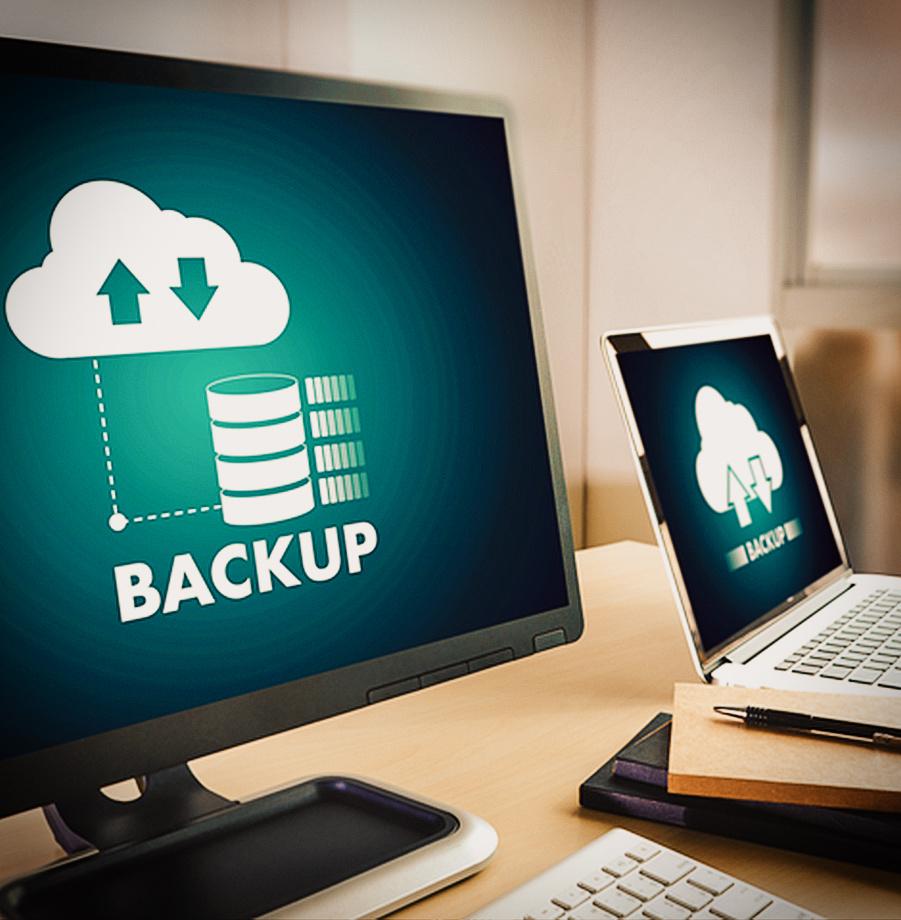Ensure the security of your website
Best practices to ensure optimal security for your website or application.
08 March 2023
Web security

Emilie Arculeo
Directrice générale
Publication date
08 March 2023
Category
Web security
Preserving the confidentiality, integrity, and accessibility of your website's information is essential to maintain user trust and ensure smooth operation of your activities. By protecting your site, you avoid any disadvantageous situations.

> Reliability
Choosing the hosting provider
It is important to choose a hosting service that meets the needs of your website or application. The choice will depend on the daily traffic to your site, the storage space you require, the technologies you use, and the nature of your activities (e.g., online store, showcase website, transactional website, etc.). You can find our hosting packages options here.
 > SSL Certificate
> SSL Certificate
Data Protection
The SSL certificate should be installed by your hosting provider during the deployment of your website. It encrypts the information transmitted between other devices and your site. For example, when a user makes a payment, their banking data cannot be retrieved by a third party during transit. Make sure that your URL includes the "S" following "HTTPS."
 > Restoration
> Restoration
Website Backup
The solution to prevent data loss in case of site damage or mishandling is automatic backup. It allows you to access previous versions of your site at any time and recover your files whenever you want. This feature is typically offered with your hosting package.
 > Maintenance
> Maintenance
Website Updates
One of the main causes of security vulnerabilities on a website is the lack of maintenance of extension versions, the technology used (e.g., WordPress core), and the theme. Updates should be performed several times a year to ensure proper site functionality and protect it from malicious activities.
 > Confidentiality
> Confidentiality
Safety of your access
The access used by each user of your site must meet robustness criteria and be regularly updated. Best practices include using different passwords for your sites or applications, logging out of your session after use, and avoiding logging in on public devices or connections.
